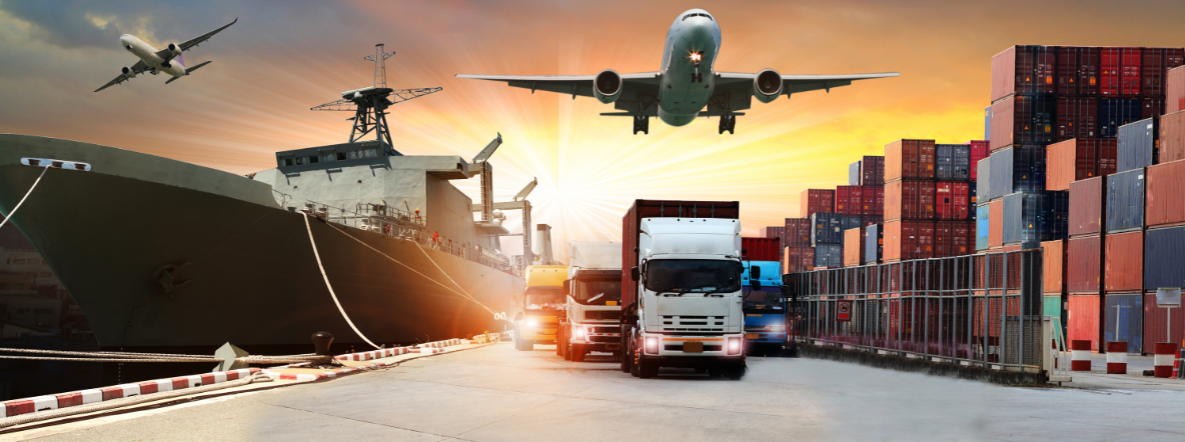Nothing logical about logistics cost estimates
17 Oct 2022
Opinion: Sanjib Pohit:
The oft-cited 14% of GDP is an overestimate, arrived at by a consulting £rm using a model built for developed countries.
India’s logistics cost is estimated to be around 14 per cent of GDP — a figure that has all of a sudden become cast in stone. High logistics cost, without doubt, impinges on competitiveness.
To address this issue, the Centre recently unveiled the National Logistics Policy (NLP).
The emphasis on water for cargo movement and introduction of Uber-like aggregation model to address the logistic needs of small entrepreneurs will help in the long run.
However, the 14 per cent logistics cost needs to be delved into. It is from a report by consulting from Armstrong & Associates, which routinely estimates logistics costs as a percentage of GDP for many countries. It uses an underlying model for this exercise.
The model is based on observed data of input variables (economy and infrastructure related, which are readily available from the World Bank database) and output (logistics cost as percentage of GDP) variables of select developed countries.
Typically, estimates of output variables of developed countries are available through alternative methods.
So, a model is developed for the control countries, which are basically developed economies.
Once the model is built, the input variables for any country are fed into the model to estimate the logistics cost as a percentage of GDP for the corresponding country.
Modelling structure
In keeping with the tradition of the consulting fraternity, Armstrong & Associates does not put out its modelling structure for others to judge how relevant it is for a developing country like India.
Besides, the elements of the logistics costs are not explicitly stated in the report. This is important, as there is no uniform definition of what should be included in measuring logistics costs.
The cross-country empirical literature talks about 46 elements in logistics costs, some of which are probably not relevant for a developing country like India.
Most of the studies in developing countries have incorporated the following as core elements of logistics cost: transportation, material handling, warehousing, administration, equipment, documentation, insurance, IT hardware and software, logistics system management, marketing, packaging, and maintenance.
Of these, transportation is the single largest cost element comprising 30-50 per cent of the total logistics cost, depending on transport infrastructure and bottlenecks in last-mile connectivity.
India’s official statistics do not report logistics cost, but they do report transportation cost in the computation of Supply Use Table (SUT) of India. According to SUT, which is for 2018-19, the transportation cost amounted to 4.7 per cent of that year’s GDP.
Thus, a back-of-the-envelope calculation leads to single-digit logistics cost for that year if one goes by the official statistics.
The NCAER study of India’s logistics cost comes up with a similar figure, post-introduction of GST.
Double-digit logistics cost in India is an unverified figure. Logistics bodies can use it for their lobbying exercises. From the business planning point, the variability in consignment movement time is more important, which one hopes will reduce with the adoption of the National Logistics Policy.
The writer is Professor, NCAER. Views are personal.
Published in: The Hindu Business Line, 17 Oct 2022






